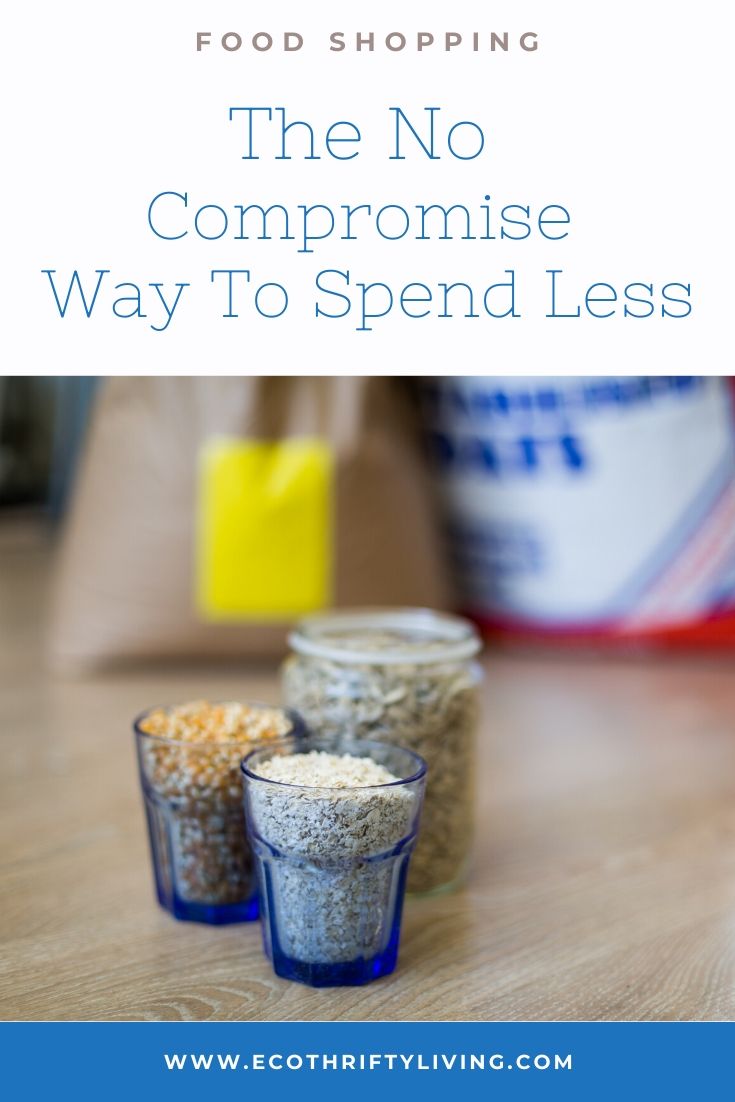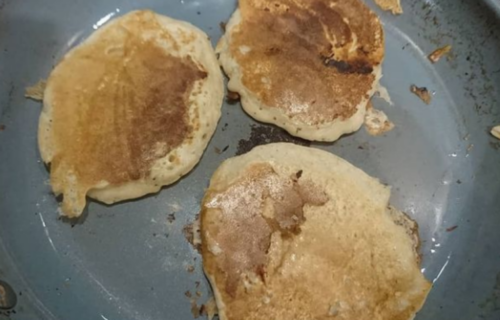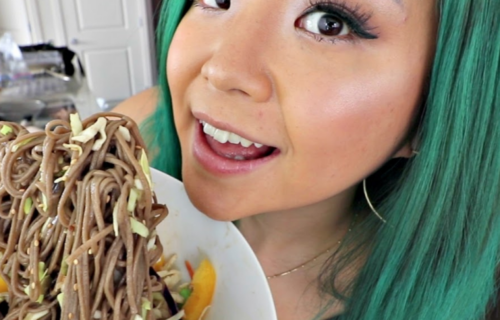
Food shopping – the no compromise way to spend less!

Do you want to save money on your food shopping in a way that is kind to the environment? Do you also want to avoid involve ditching good quality food for the cheapest options out there? In this post I am going to share how you can save money on your food shopping without compromising on the food that you buy!
1. Check your fridge, freezer, fruit bowl and cupboards!
Before you go food shopping find out what you have in the house already. There are two reasons for doing this:
- You will find out what you are running low on and what you have enough of already. Then you will know what needs topping up on and what you don’t need to buy this week.
- You can work out what needs using up before it goes off.
2. Do a use it up meal plan
Meal plans can be really simple. All you have to do is decide what you will have for dinner each day for a week. Once you have written it, put the meal plan up in a prominent place in your kitchen like the fridge or a noticeboard. You could even make your own upcycled fridge magnet notebook to put it on. Make sure you incorporate anything that has loitered in your cupboard, your fruit bowl, your fridge or your freezer for too long, or that is about to go off into the meal plan.
3. Write a shopping list and stick to it!
Your shopping list should take into account the information gathered in step one and step two. Only include things that you are running low on and ingredients that you need for your meal plan. Make sure to stick to your list by never shopping hungry and ignoring special offers on things you don’t need.
4. Check prices on your food shopping
Product prices vary over time, across shops and across shapes and sizes.
Shapes and sizes
If you are in an aisle that has one product packaged in a variety of ways, always compare the price by volume or item or whatever derivative it comes in. I’m thinking of things like sweetcorn, ketchup, yeast extract. Don’t assume that the bigger size will always work out cheaper. For example sometimes you might find that it is more cost effective to buy a large ketchup and other times it might be cheaper to buy two small ones than one big one.
You will also want to take the environment into consideration when choosing the type and size of packaging, but it will depend on your needs. A bigger tin of sweetcorn means that you have more corn in less packaging overall, but if you only need a small tin of sweetcorn that excess corn might become food waste. Personally I find that sometimes a smaller tin is better and sometimes a larger one is and I’m happy to buy a mix depending on what is most cost effective.
Across shops
You can take a look at www.mysupermarket.co.uk to easily compare prices of products across supermarkets. If you do this for a significant number of the products you buy, you will find the cheapest place to shop. Although usually it isn’t that tricky to work out that some supermarkets are generally cheaper than others.
Across the year
Products have something called a rock bottom price. It’s a price they generally don’t go below. If you can work out when a long life product you buy regularly, is at it’s rock bottom price, then it may be worth stocking up. Www.mysupermarket.co.uk used to have a chart against each product which showed these rock bottom prices, but now they say what the price is in relation to the average price for the product and you can click a button to track prices on specific products on the site.
5. Shop in bulk
Bulk buying food can save you money as long as you:
- are sure it is a food you will want to keep eating for the foreseeable future,
- will be able to use it up in time,
- have somewhere you can store it and
- can store it in the right conditions to protect it from spoiling.
If you buy a larger packet of something rather than lots of small packets, you also save on packaging waste.
Types of foods to buy in bulk and where to find them:
Foods we have bought in bulk include sacks of porridge, rice and potatoes. We have also bought big bags of popping corn, bulk herbs and spices, nuts, seeds, cocoa powder, eggs and more.
Places we buy bulk foods from include, grocers, farm shops, local specialist shops e.g. a local Chinese supermarket and a Middle Eastern shop. We also buy online and from wholesalers.
Remember to still check prices:
Again like in the supermarket, check the prices, because sometimes buying in bulk doesn’t work out cheaper. There is also a rock bottom price for the bulk buys. It is important to time your purchase well.
So there you have it – 5 ways to save money on your food shopping bill without compromising on the quality or type of the foods you buy! It might take you a little time to get used to this way of shopping, but don’t worry if you forget some of the steps at times. Just keep going with it until you can’t imagine doing it any other way!
Book update:
On another note I promised to write a weekly book writing update. I’m running a bit late with it this week and to be honest although I did do some writing last week, I didn’t manage it every day. I actually did less than when I specifically allocated a certain amount of time on a certain day to do it. I’ve decided I need to get a bit more organised about my approach to completing the book. So this week, I am going to come up with a more structured plan for completing the book. I will also to allocate 3 hours to writing it before next Wednesday.





